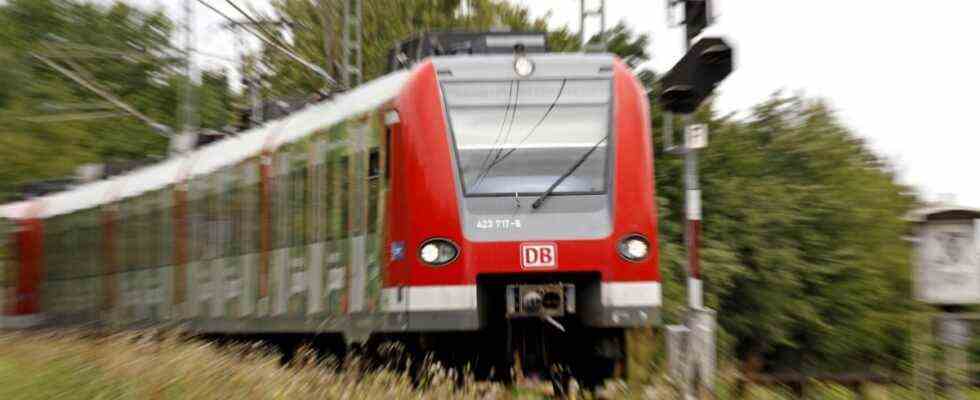On August 5, 2021, the passengers of the S 7 narrowly missed a similar catastrophe: on that summer evening, two trains ran towards each other on the single-track route near Icking, a station south of Schäftlarn. After a braking maneuver by the two engine drivers, the trains came to a standstill about 150 meters apart. All of the 33 passengers escaped with a fright. According to Deutsche Bahn, the fact that both trains were able to be braked in time was due to a previous warning about people on the track. For this reason, both trains were traveling at speeds of less than 40 km/h.
How the two trains could have happened on one track was subsequently the subject of investigations by the Munich Federal Police. At the time, there was some evidence that the train driver on the S-Bahn in the direction of Wolfratshausen had ignored a stop signal at the Icking station. As the federal police explained at the time, the oncoming train in Wolfratshausen had probably left as planned. A little south of Icking, however, the train drivers saw each other and were therefore able to brake in good time.
Although the Deutsche Bahn also began investigations, a railway spokesman said there was no near-collision. “It is correct that two S-Bahn trains came to a halt not far south of Icking station at a slow pace on the same track at a safe distance from each other,” the company said.
The incident, however, brought the Left Party member of parliament at the time, Andreas Wagner, also chairman of the Committee on Transport and Digital Infrastructure and a member of the Railway Infrastructure Advisory Board, to the scene. He asked the Federal Ministry of Transport: “To the knowledge of the Federal Government, what immediate measures have been taken to prevent similar dangerous situations in the future, and what measures is the Federal Government planning to further increase the safety of rail traffic in general?”
The answer: “The railways are responsible for running their operations safely. The companies must examine and evaluate all unusual or dangerous events in railway operations and, if necessary, take corrective action or prevent them accordingly.”

